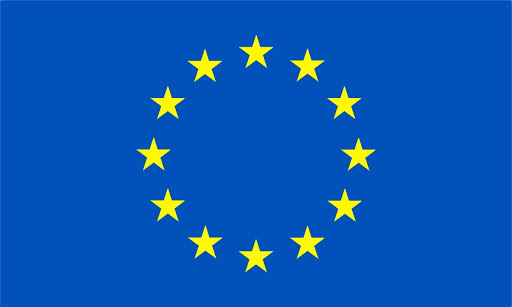Infrastructure
Infrastructure can be defined as the basic physical and organizational structures needed for the operation of a society or enterprise. The term typically refers to the technical structures that support a society, such as roads, water supply, power grids, telecommunications, and so forth. Viewed functionally, infrastructure facilitates the production of goods and services; for example, roads enable the transport of raw materials to the production plant and distribution of finished products to markets. In some contexts, the term may also include basic social services such as schools and hospitals. In military parlance, the term refers to the buildings and permanent installations necessary for the support, redeployment, and operation of military forces.
In this article, infrastructure will be used in the sense of technical structures or physical networks that support society, unless specified otherwise.
http://en.wikipedia.org/wiki/Infrastructure
Introduction
The overall goal of GILDED was to identify social, economic, cultural and political changes which could help rural and urban households in Europe consume less energy. GILDED was a three year collaborative research project funded through European Union Framework Programme Seven, running from December 2008- April 2012.




